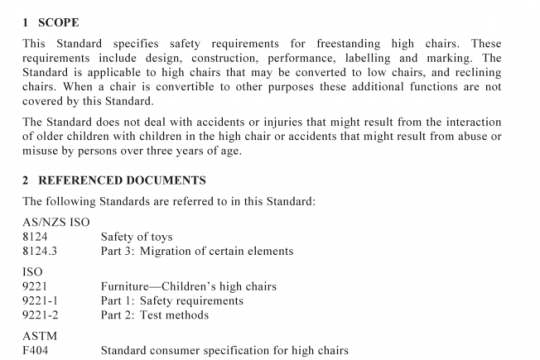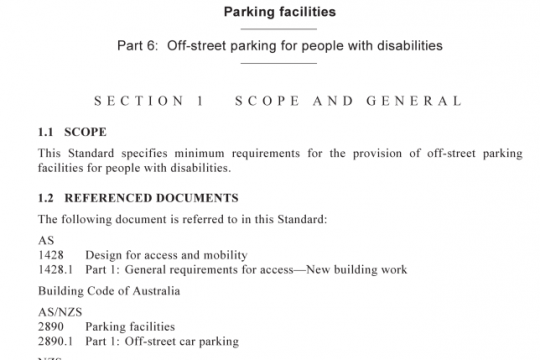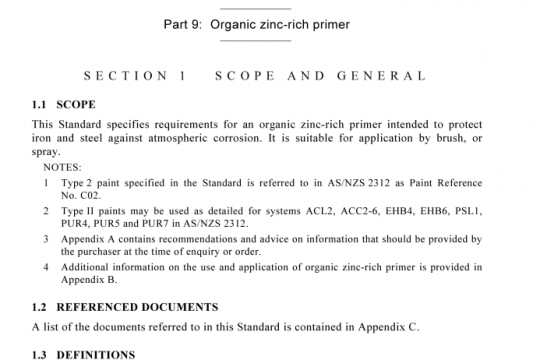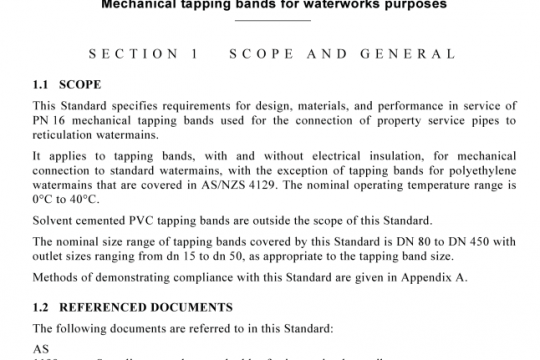AS NZS 1141.24:2018 pdf free
AS NZS 1141.24:2018 pdf free.Methods for sampling and testing aggregates
This test method is designed to assess the resistance of the rock fabric to salt crystallization pressure, which is a measure of the susceptibility of the rock to physical breakdown. The extent of this breakdown is assessed by repeated immersion of the aggregate in a saturated solution of sodium sulfate followed by oven drying to dehydrate the salt precipitated in permeable pores and rehydration of the salt during subsequent immersion, which generates crystallization pressure. Internal expansive forces, derived from rehydration of the salt on re-immersion, mimic freezing (crystallization of water) or salt action. This provides a measure of the integrity of the rock fabric when subjected to physical weathering associated with the expansion on freezing of water in aggregate pores, and the expansion of salts on rehydration in marine conditions following repeated wetting and drying.
The test procedure shall be as follows:
(a) Immerse the containers with the test fractions in the prepared solution of sodium sulfate so that the test fractions are covered by the solution to a depth of at least 15 mm.
(b) Maintain the temperature of the solution at 23°C±1°C for 16 h to 18 h. During the immersion period do not agitate the test portions. Cover the bath to prevent evaporation of the solution or contamination of the test fractions.
(c) At the end of the immersion period, remove the containers and test fractions from the solution. Allow each container to drain for a period of 15±5 min.
(d) Dry the containers and test fractions to constant mass in the evaporation oven operating at 105°C to 110°C.
NOTES:
1 To achieve the full potential of the test, the sodium sulfate is required to fully dehydrate.Care needs to be taken to ensure the oven does not build up humidity and thus increase the time required to achieve constant mass.
2 A laboratory may complete the immersion period overnight and dry the test portions through the day. This Step may be deemed to conform to this Standard provided the laboratory can demonstrate that under conditions of maximum loading of the oven and in the final cycle of this Standard, the test fractions achieve constant mass.
3 If a laboratory is required to carry out a considerable number of tests for sodium sulfate soundness, it may be of advantage, and will save time, if the operator predetermines a minimum drying time sufficient to bring samples of the requisite size to constant mass under the existing conditions of oven size, ambient temperature, humidity, and any other relevant factors.AS NZS 1141.24 pdf free download.




